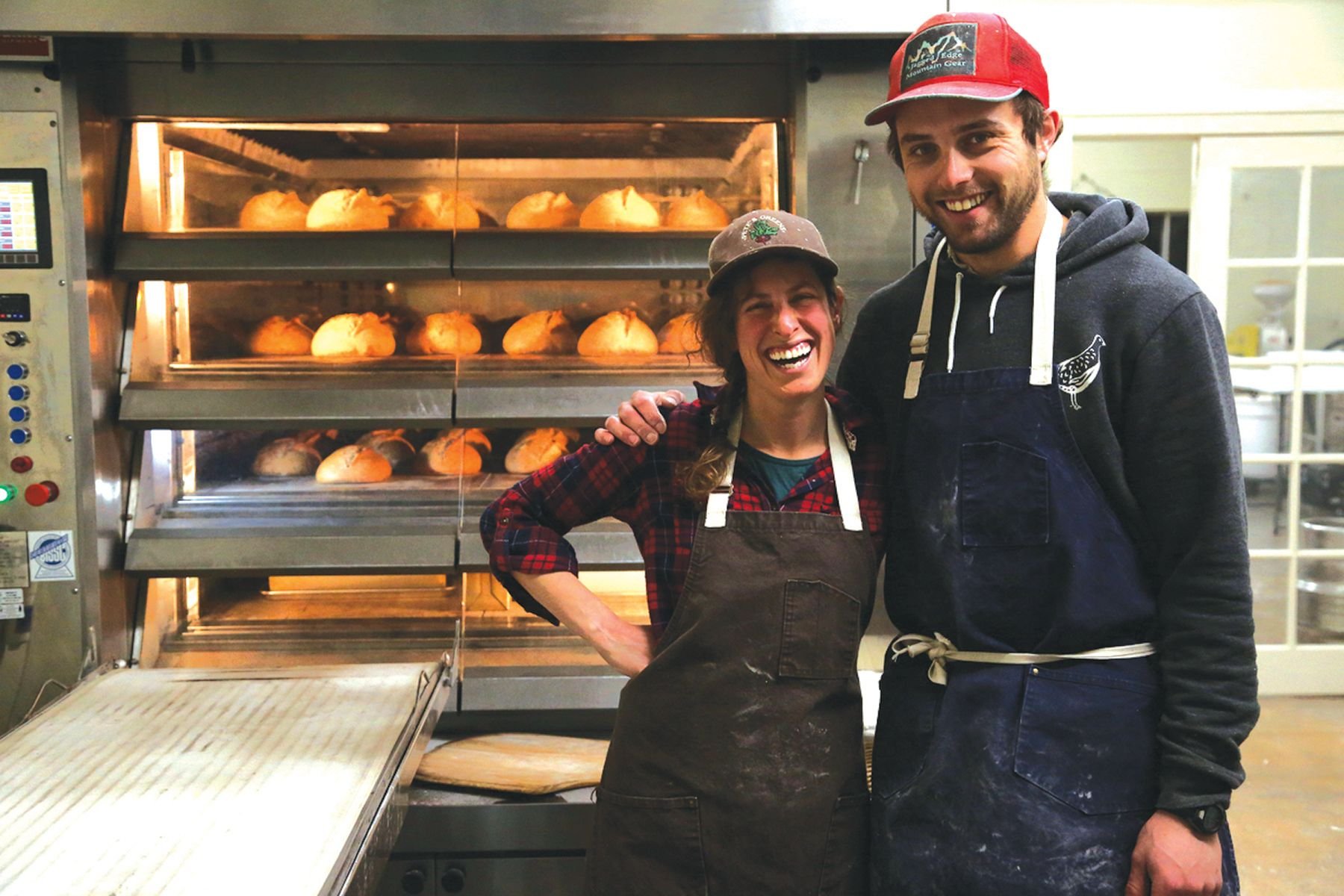Shortening The Grain Chain
Western Colorado, like much of the country, has been experiencing a slow but deliberate shift to local food ways. Wine grapes, peaches and sweet corn have become synonymous with Colorado’s vibrant farm culture, and beef reigns as the state’s largest food resource. Each is much lauded in the farm-to-table community, yet much less has been said about Colorado’s vibrant grain community.
In 2022, Colorado ranked as one of the largest producers of white winter wheat and as the top producer of millet nationwide. Despite this, Colorado grains are all but absent from supermarket shelves statewide.
The Colorado Grain Chain (CGC) is a 501(c)3 nonprofit that has been working for the last five years to connect growers and makers statewide. The group has helped highlight the broad array of grains being cultivated throughout the state. On facilitating the often difficult process of networking, CGC representative Audrey Paugh notes, “There is a huge gap in our food system, and re-localizing our grain economy is essential.”
Blue Grouse Bread owner Hannah Rossman grew up knowing the value of localized food efforts. In her home state of Vermont, farm-to-table was so intrinsic to the community that she and her classmates built a wood-fire bread oven in high school. Rossman has brought a similar ethos to her bakery. Rossman sources Colorado grain from Mancos to the San Luis Valley, yet much is hyper-locally sourced within 2 miles of Blue Grouse’s Norwood bakery.
“COVID really highlighted supply chain issues nationwide, says Rossman. “It’s amazing how quickly it all fell apart.”
Photo courtesy of Blue Grouse Bread.
As well as sourcing issues, much of the value in grown grain can be attributed to environmental concern. Soil fertility, water shortages and fossil fuel consumption are common talking points in the American Southwest, and locally grown grain reflects a more conscientious approach to food resource.
Dan Hobbs, owner of Pueblo Seed and Food Co. in Cortez, suggests, “Farmers are on the front line of climate change.” He points to historical farming practices from the Asian steppe to New Mexico as evidence for a requisite consideration of soil and water conservation.
Hobbs highlighted the importance of gains as a “basis of fertility,” which stresses the importance of crops being useful as forage and food but also to support the land they grow on. Much of the last century focused on short term gains over ecology, and Hobbs sees small grains as a necessary mitigation to the damaging practices of the recent past.
Rotating crops that feed the soil, which also a commercial appeal, is important for many growers trying to insert themselves into a local grain economy. Rye represents as a water-wise grain that is an important fall cover crop that promotes soil fertility.
As a crop, Hobbs observed the grain’s future is intimately entwined with the beverage industry. This includes seasonal iterations off local rye beer but, more often, as rye whiskey like the Colorado grown iterations from Storm King Distilling in Montrose.
Hobbs and many like-minded growers in Colorado are also using on a wide range of other seed grains. One of Hobbs’ cohorts, Laura Parker, owner of High Desert Seeds in Paonia, is working to produce regionally adapted varieties of quinoa, amaranth, sorghum, barley and teff. These grains are indigenous to climates not unlike the Desert Southwest and, as such, represent a cognizant approach to environmentally sound food practices.
While she is working to grow out crops for local businesses like Mountain Oven, she also expressed the necessity and value of growing “with home gardeners in mind.”
Much of the food security debate centers around important issues, like necessary changes on large scale farms and the hazards of the global supply chain. When it comes to a local food movement, however, it doesn’t get much closer to home than in the garden.
Originally published in the Fall 2023 issue of Spoke+Blossom.

